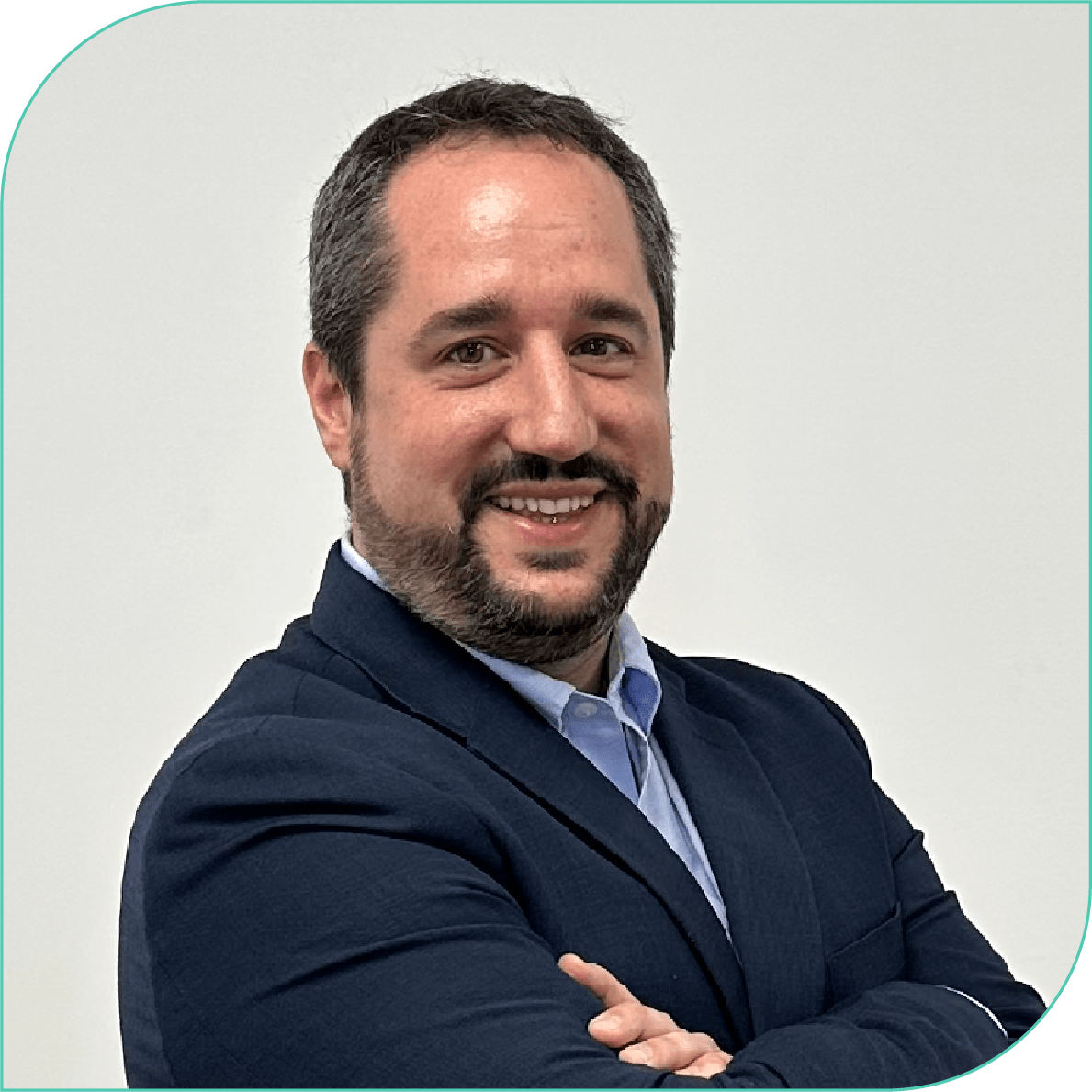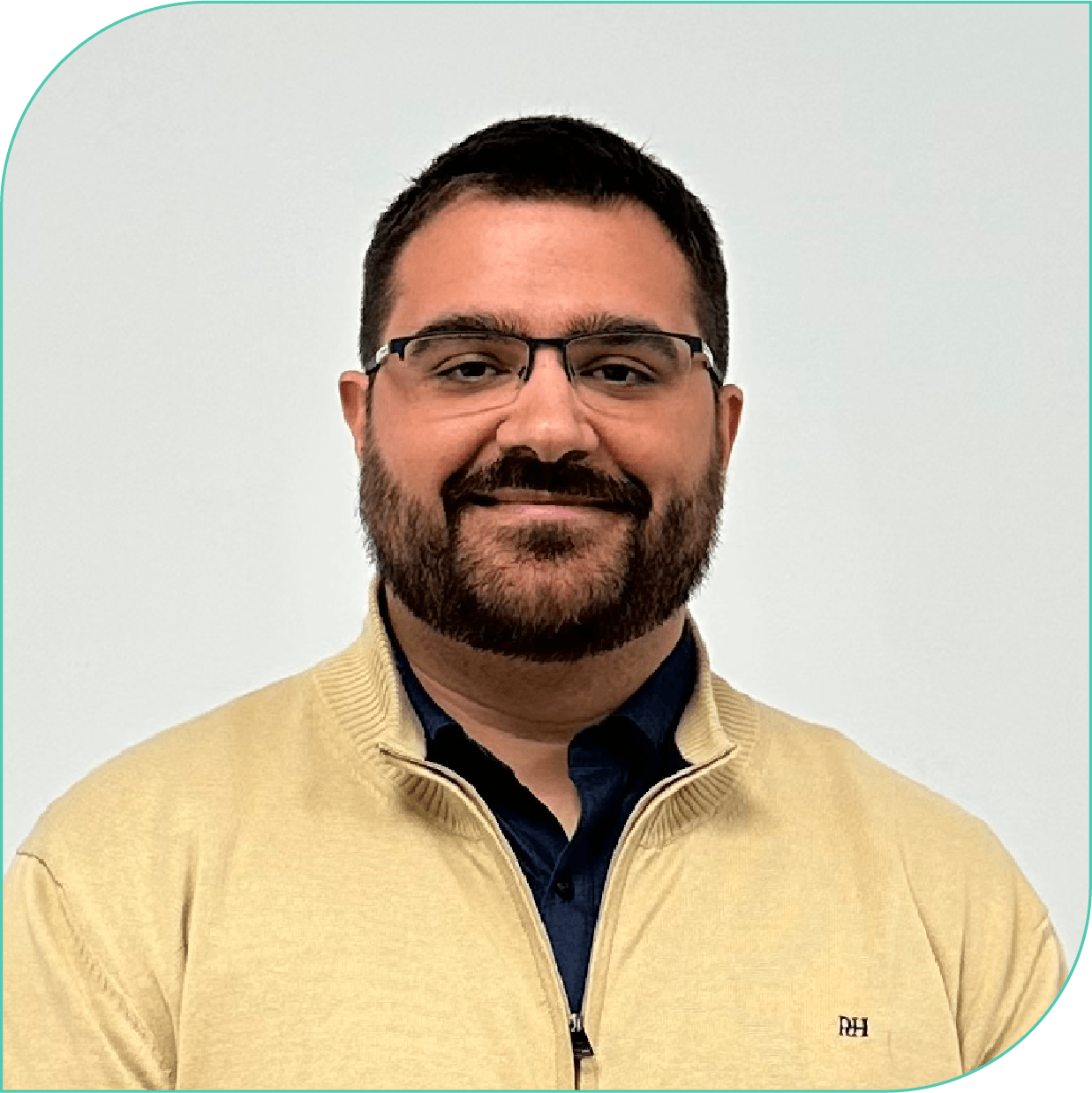TECHNOLOGY TAILORED TO YOU
We are transforming to continue
offering you tailored solutions.
New website coming soon.
Don’t miss any updates. Subscribe to our newsletter and stay up to date about everything that is coming
If you want to contact us directly, we are here to help you

Daniel Marín Morga
Business Unit Manager - Mobility

Íñigo Illarramendi
Business Unit Manager -
Industrial Equipment, Energy & Defense